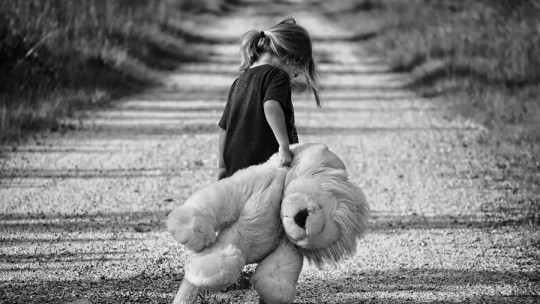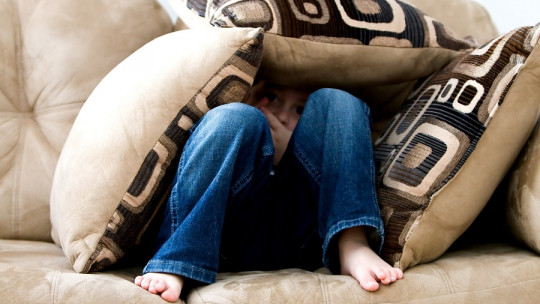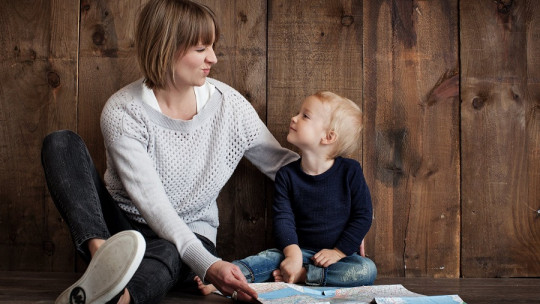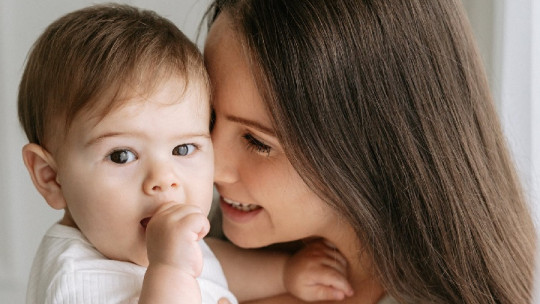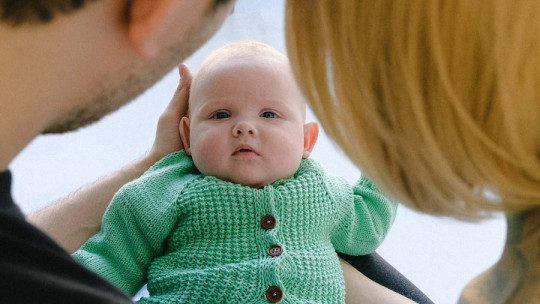
Attachment Theory had its beginnings in the 1960s thanks to the contributions of the British psychiatrist and psychoanalyst John Bowlby. At the end of World War II, Bowlby dedicated himself to studying the effect that maternal deprivation had on children who had been left without a family (Gago, 2014). His discoveries concluded that as human beings we have a predisposition to establish a strong and essential emotional bond with a primary caregiver, which guarantees our survival and provides us with security and connection.
This first emotional relationship will have an essential role in the configuration of internal psychic models, which regulate the interaction with our environment both in the present and in the future. Thus, in a practical sense, this theory has been an indispensable tool for understanding the emotional pain and personality disorders that occur when these bonds are threatened. Subsequently, this emotional discomfort can manifest as anxiety, depression, anger, low self-esteem, addictions, toxic relationships, and more.
Attachment styles and implications for parenting
Later, the contributions made by Mary Ainsworth (1969) with the Strange Situation experiment will enrich this theory, allowing the classification of attachment patterns (López, 2020). The four attachment styles are: secure, anxious-ambivalent, avoidant and disorganized Through this article we will see how our personality is shaped according to our attachment style and the repercussions it can have on our children.
1. Secure attachment
Securely attached people show the ability to have healthy, long-lasting relationships Correct development of trust towards others and in their environment allows them to: enjoy intimacy with other people, seek support when they need it, share their feelings openly, enjoy good self-esteem and value their autonomy and independence.
Parents with secure attachment learn very quickly to read their baby’s signals, are emotionally available and respond to their needs in a constant, warm and empathetic way. They seek permanent connection, and yet, they understand that their children are beings different from them with their own desires and needs, in such a way that these parents function as a “safe base” that makes it easier for their children to explore the world around them with calm and confidence. These children manage to adapt to the changes without major complications and with a very low level of anxiety.
2. Insecure attachment: anxious-ambivalent
People with anxious-ambivalent attachment are characterized by low self-esteem and little confidence in their relationships with others. They are insecure and dependent people, with a lot of fear of abandonment and rejection and with an extreme need for attention and affection. Furthermore, they experience emotions very intensely to the point of feeling that they cannot control them.
Parents with an anxious-ambivalent attachment are sometimes available and sometimes not. Their care is characterized by being inconsistent, which produces insecurity and mistrust in the baby, who does not know what to expect from them. They have great difficulty managing their baby’s emotions and frequently blame them for their problems and negative emotions These parents are emotionally dependent on their children and constantly seek affirmation that they are loved by them, this generates feelings of jealousy, instability and fear of abandonment. In the same way, children explore the world with worry, mistrust and high levels of anxiety.
3. Insecure attachment: avoidant
People with avoidant attachment show great difficulty establishing deep and stable relationships. They are characterized by being excessively independent and by their inability to express their feelings and ask for help when they need it. These people have learned that feelings of anguish bring rejection and contempt ; Therefore, no longer expect anything from anyone. Furthermore, they have a pessimistic idea of love, they do not tolerate emotional intimacy and they are uncomfortable with physical contact and emotional manifestations.
Parents with avoidant attachment ignore their baby’s emotional needs, since their constant demands seem threatening and intrusive. They relate to the baby with a mixture of anxiety, repulsion and annoyance. Meanwhile, the children do not show discomfort due to the separation and return of their caregivers, a situation that is often misinterpreted as calm; However, children suffer, but do not express it. This lack of bond causes a defensive reaction in the children, who From very early on they have learned that no one will attend to their needs These children often feel profound loneliness and this generates high levels of stress and anguish, which they suppress under the facade of being emotionally self-sufficient.
4. Insecure attachment: disorganized
People with disorganized attachment show a serious internal imbalance. It is considered a chaotic relational model. They are people who grew up in a hostile, threatening environment and without any type of emotional support. Therefore, They have internalized that they are bad people, that they deserve the mistreatment they received and that violence is normal in their different relationships. These people may show characteristics of hypervigilance, post-traumatic stress, dissociation, and a complete lack of understanding of their emotions and those of others.
Parents with disorganized attachment have severe parenting disability. They are generally characterized as aggressive, unpredictable and disconcerting parents. Consequently, the child feels terror towards his attachment figure and his environment. Furthermore, when faced with a distressing situation, these children experience an emotional breakdown. This is considered the attachment style with the worst prognosis, since it is the most destabilizing and as a result can produce serious psychiatric pathologies.
Reorganization of attachment patterns
Patterns acquired during childhood have a profound influence on adult behavior. Therefore, It is essential to work on attachment reorganization with people who show signs of insecure attachment in order to prevent the intergenerational transmission of trauma.
Within a therapeutic encounter it is possible to heal and correct these relational patterns, guaranteeing optimal emotional, social and psychological development for ourselves and future generations.



